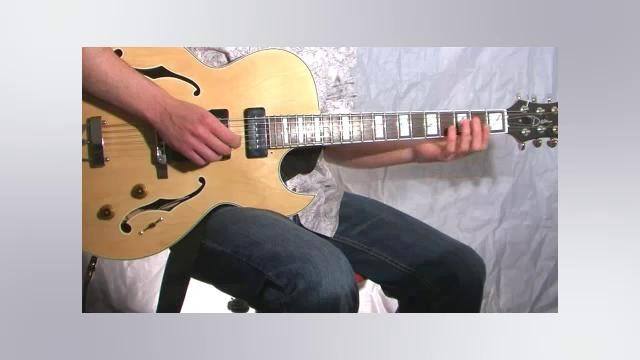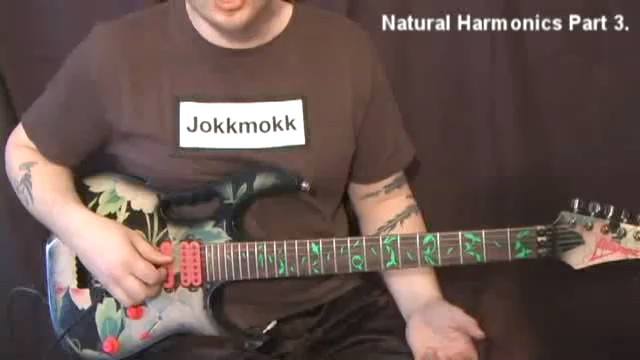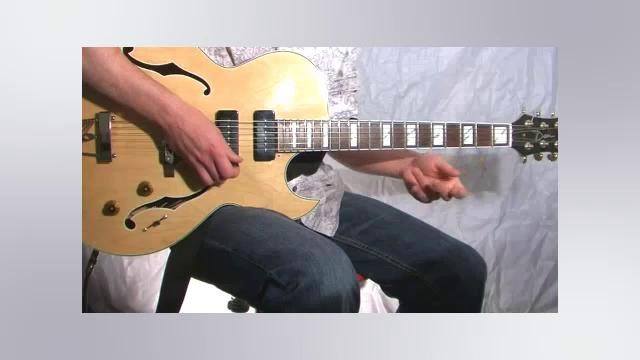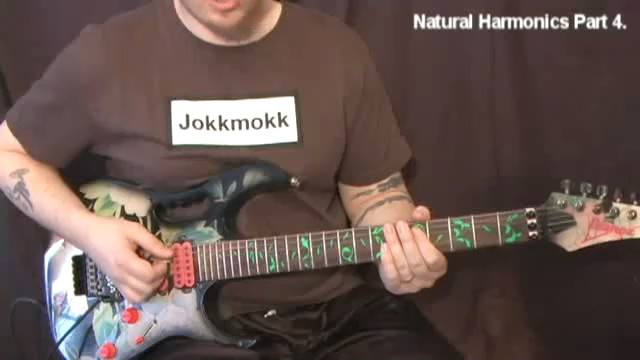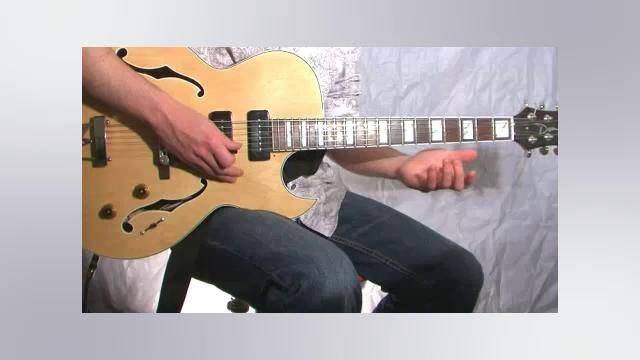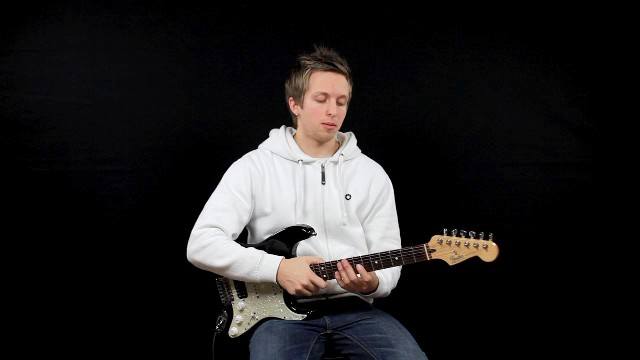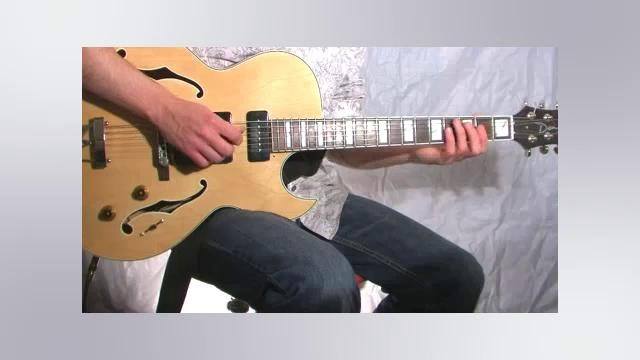Hey Guys!
This tutorial is an introduction to sight reading. It assumes that you are already familiar with standard notation on the treble clef. If you aren't ready to dive into it yet, be sure to check out the audio lessons under Robert Mussatti which address reading notation for guitar.
Being able to read charts is a valuable asset to any player. Let me be clear and say that it is not the only way to pursue learning the guitar, but it gives you a rich mastery of the instrument that TAB is often incapable of fully providing. Unlike TAB, standard notation contains all the necessary elements for a player to interpret. Rhythmic markings, note names, dynamics and many other musical concepts are contained all in one line! Whether you are planning on becoming a session player, or just a guitarist in a band, knowing how to quickly interpret standard notation will make you stand out among your guitar playing peers.
This tutorial will serve as the jumping off point for those of you who wish to pursue this concept further. In a real life situation you may only get 30 seconds to quickly scan the piece. You should consider the key signature, pedalling, accidentals, rhythm changes, dynamic markings, broken chords, scales, arpeggios, etc. Watching the contour of the notes a few bars in advance of your playing will also help you pull off the perfect take and add value to your musical toolbox. Enjoy the upcoming videos. First we will take a look at the most important part: rhythm!





